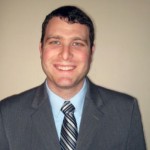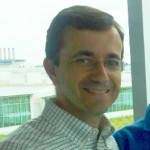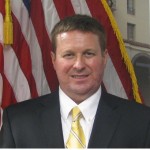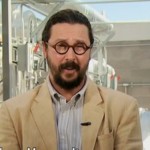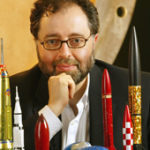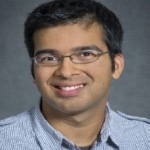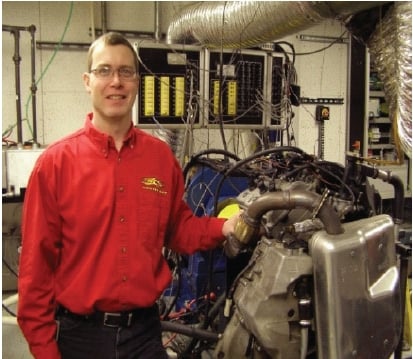 Mechanical Engineering – Engineering Mechanics Graduate Seminar, 103 EERC, 4 pm
Mechanical Engineering – Engineering Mechanics Graduate Seminar, 103 EERC, 4 pm
Lucia Gauchia Babe, Michigan Tech
Title: From the Lab to Your Car: Challenges that Batteries Face during Design and Development
Electric and hybrid vehicles are receiving substantial attention due to their high efficiency, low greenhouse emissions and lower/non dependence on petroleum. Most vehicle manufacturers are already designing and even commercializing electric vehicles. However, extensive research and development is needed in battery technology in order to guarantee it presents a long life, safe operation, competitive power and energy densities whilst being cost effective. One of the most critical aspects is the safe operation and long life characteristics, due to the fact that batteries chemistries degrade during its lifetime This seminar will present the design and development process a battery needs to follow in order to develop a battery from a single cell to the battery pack that will finally be used to power and electric or hybrid vehicle. This path is full of challenges that go from the material selection, testing procedures to assess performance and aging, safety policies, testing standards, environmental issues and cost, among others. During the seminar we will present how these challenges affect the battery development and the success of vehicle electrification.
Dr. Lucia Gauchia received her PhD degree in Electrical Engineering in December 2009 from the University Carlos III of Madrid (Spain). She was a Postdoctoral Research Associate during 2012 at McMaster University (Canada), working for the Canada Excellence Research Chair in Hybrid Powertrain in the ECE Dept. as well as in the Green Auto Powertrains Program in the ME Dept. Since Fall 2013 she is the Richard and Elizabeth Henes Assistant Professor on Energy Storage Systems, with a joint appointment between the ECE and MEEM Depts. Her research interests are focused on the testing, modeling and energy management of energy storage systems in both transport and stationary applications.
